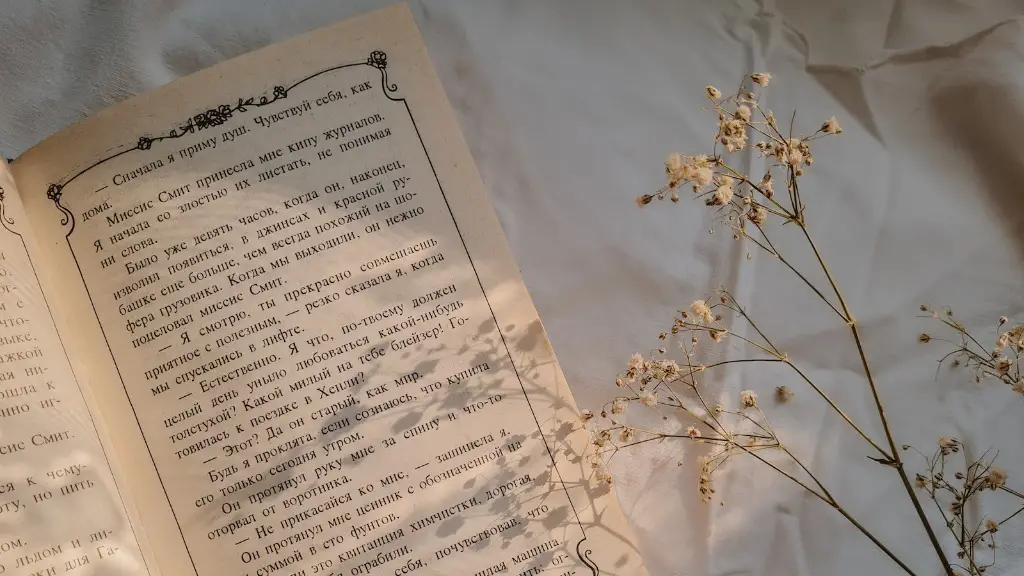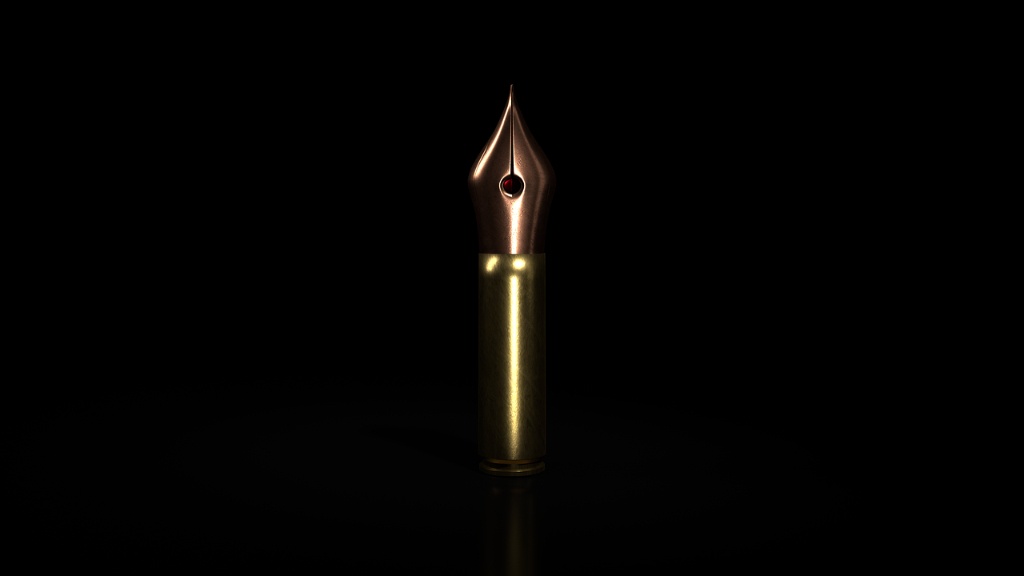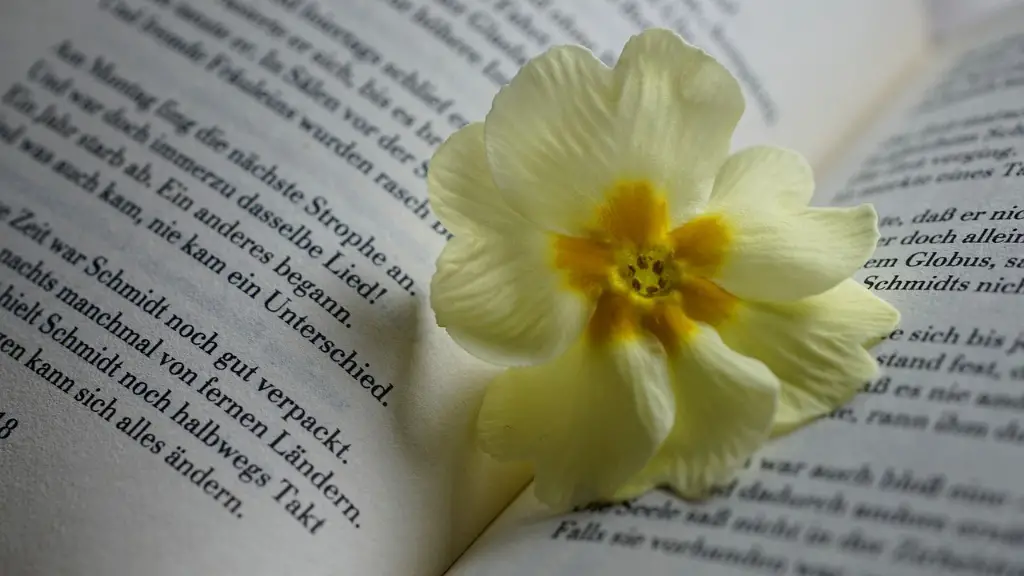Cinquain is a poem form that originated in the early 20th century. It consists of five lines, each with its own specific syllable count. The first, second and fifth lines have two syllables, the third has four, and the fourth has six. The style is often said to have an “anapestic rhythm” because the first and third lines have an unstressed syllable followed by a stressed one and the second, fourth and fifth lines have two unstressed syllables before the final, stressed one. Cinquain poems are often written as a story in which each line introduces a new image or character, and can be interpreted as a miniature narrative.
Scholars have drawn comparisons between the cinquain form and other poetic forms like the haiku or tanka. All three share certain qualities, such as the use of an strictly structured syllable count and a focus on natural imagery. Cinquain poems are usually more narrative than haiku and tanka, however, while their form allows for more freedom of expression, they still have their own specific guidelines.
Cinquain is also known as a “short story in verse,” and is a popular form for poets of all ages. It is particularly popular among younger poets as it is a simple and straightforward form that encourages creativity within its boundaries. Cinquain can also be used to explore more complex and emotionally charged topics, making it an ideal form for poetry of all kinds.
The structure of the cinquain form is often used for poetic exercises, such as exploring themes, seeking connections between different images, and practicing story-telling techniques. Poets often choose to create cinquain sequences of several cinquain poems that are tightly connected in terms of tone, or thematic elements. In addition, the syllable count allows for the use of various poetic devices such as personification, alliteration, and similes.
Cinquain poetry can be used to explore a range of topics, from the personal to the political. But no matter the subject matter, the cinquain poem form asks poets to tell a story and convey emotion in a concise and impactful way. By focusing the scope of the poem and demanding strict adherence to its exacting rules, the cinquain form is an ideal way for poets to explore their ideas and craft meaningful poetry.
History of Cinquain Poem Form
The cinquain poem form was developed by American poet Adelaide Crapsey in the early 20th century. Crapsey was inspired by the haiku and tanka forms, which she had read about in her studies. She adapted the traditional haiku and tanka structures, using the syllable count of the two forms as her guide. Crapsey’s cinquain style has since become a mainstay of modern poetry, helping many poets explore their ideas in a structured and focused way.
Crapsey’s cinquain style was initially used by a close circle of poets, but it eventually caught on with the general public. By the 1920s, Crapsey’s cinquain poem form was being taught in classrooms and enjoyed by readers of all ages. It has become an emblematic form of modern American poetry, and is a key stylistic influence on many modern poets.
Critical Reception of Cinquain Form
The cinquain form has been praised by many critics for its simplicity and flexibility. Its structure allows poets to explore a range of topics and emotions in a concise and effective way. Critics have also praised Crapsey’s innovation in adapting the traditional haiku and tanka forms, arguing that her work has opened up these forms to more contemporary applications and interpretations.
Cinquain has also been criticized for its sometimes overly-structured approach. Some poets argue that the form lacks the freedom to truly explore big ideas and deep emotions. However, others counter that the structure of the form can help to focus the poet’s ideas and encourage creative and meaningful work.
Cinquain in Popular Culture
Cinquain poems have had an impact on popular culture, particularly through music. Songwriters often use the form to create meaningful and emotionally powerful lyrics, and pop singers have been known to perform cinquain poetry in their lyrics.
Cinquain has also inspired visual art. Many visual artists have been inspired by the structure of the form, creating pieces that explore its visual potential. Additionally, cinquain poems have been used to inspire artwork, allowing painters, sculptors and other visual artists to explore the poetic potential of the form.
Conclusion
Cinquain is a popular form of poetry that has been used by poets of all skill levels. Its strict syllable count and focus on narrative make it appealing to many writers, who are able to explore a range of subjects and emotions within its boundaries. It has also been used in popular music, television and film, and in visual art, demonstrating its wide-ranging appeal. Cinquain is a flexible and powerful form of poetry, and is likely to be enjoyed by readers and writers for many years to come.



